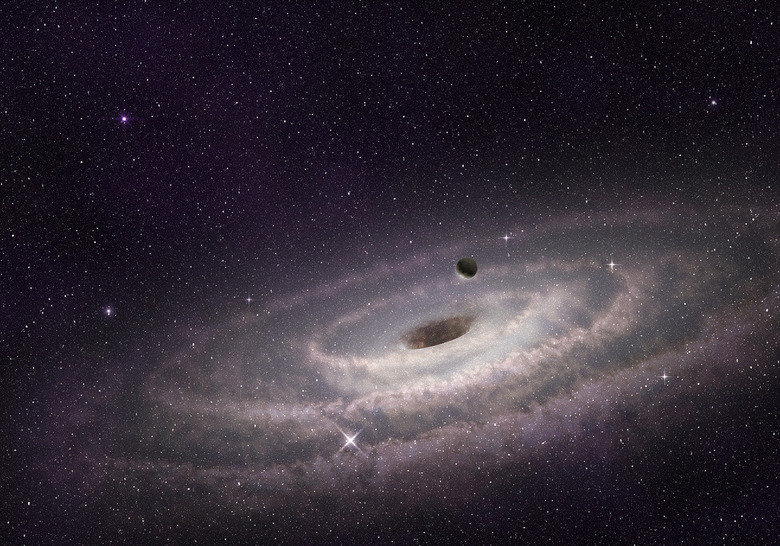A Star's Orbit May Have Revealed Earth's Nearest Black Hole
A new study says that a star's orbit may have revealed Earth's nearest black hole. Further, the findings by the researchers leading the study could point toward the existence of more dormant black holes than scientists originally believed.
Since the early 1900s, scientists like Karl Schwarzchild have theorized that black holes existed. In the mid-20th century, though, we finally began detecting these "celestial vacuums" by looking for their effects on other stellar materials. In the 1980s, scientists theorized that supermassive black holes reside at the center of most of the universe's most massive galaxies.
This has all helped push astronomers to observe space for the existence of black holes. And, once discovered, we can focus in on what's happening to try to understand how they affect physics and even how they may have helped shape the universe in those early days. Now, a study published on the arXiv servers, says it may have discovered Earth's nearest black hole. And it did it all using a star's orbit.
The researchers say that they used data from the ESA's Gaia Observatory to detect a star's orbit. From there, they looked deeper at the characteristics of the orbit and decided that it must be part of a binary system. Further, because data from other telescopes showed a "dark" companion unlike any stars we know of, they concluded it could be Earth's nearest black hole.
The star in question is Gaia DR3 4373465352415301632, or Gaia BH1 as the researchers designated it for the study. But, because this black hole isn't actively feeding off its star, the researchers believe it is a dormant black hole, similar to the dormant black hole debunkers discovered earlier this year. But it isn't the fact that this is Earth's nearest black hole that makes this discovery important.
Instead, it's the fact that this discovery could mean there are even more black holes out there than scientists previously thought. It's currently estimated that the Milky Way alone contains 100 million black holes. But we've only managed to observe around 20 of them, the researchers say. Finding dormant black holes like this, though, is much more difficult.
Ultimately, it could mean that this isn't Earth's nearest black hole, either. Other dormant black holes could be hiding much closer to our solar system. In fact, scientists believe there could even be rogue black holes out there roaming through space.
More science coverage: See a staggering visualization that shows the world's population
